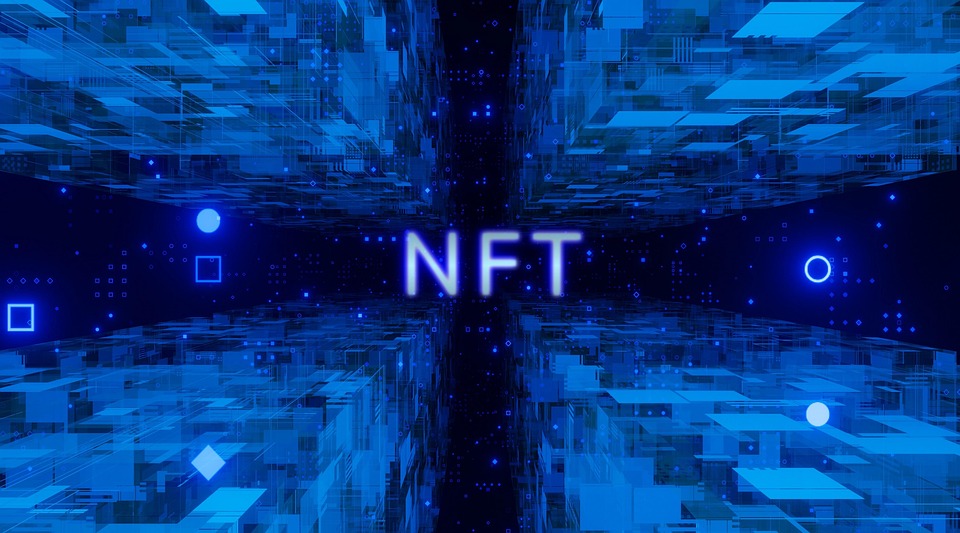Technical Analysis for Crypto Traders: Essential Tools and Techniques
In the rapidly evolving world of cryptocurrency trading, technical analysis (TA) has emerged as a vital tool for traders seeking to make informed decisions. Unlike fundamental analysis, which focuses on a coin’s underlying value based on external factors, technical analysis delves into price movements and trading volumes to predict future price action. This article explores essential tools and techniques that crypto traders can leverage to enhance their trading strategies.
Understanding Price Charts
At the core of technical analysis lies the price chart. Various types of charts are used to visualize price movements, with the most common being line charts, bar charts, and candlestick charts.
– **Line Charts**: These are the simplest form of charts, connecting closing prices over a specified period. While they provide a quick overview, they can lack detail.
– **Bar Charts**: These charts show opening, closing, high, and low prices for a specific timeframe, giving traders a clearer picture of price action.
– **Candlestick Charts**: Favored by many traders, candlestick charts provide similar information to bar charts but in a more visually appealing format. Each ‘candlestick’ represents price movement over a set period, displaying the open, close, high, and low prices. The color of the candlestick can indicate whether the price has increased or decreased.
Key Technical Indicators
To enhance their analysis, crypto traders often rely on a range of technical indicators. Some of the most widely used include:
– **Moving Averages (MA)**: These indicators smooth out price data to identify trends over time. The two most common types are the Simple Moving Average (SMA) and the Exponential Moving Average (EMA). Moving averages are often used to generate buy and sell signals when the price crosses above or below the MA.
– **Relative Strength Index (RSI)**: The RSI is a momentum oscillator that measures the speed and change of price movements. Ranging from 0 to 100, it helps traders identify overbought or oversold conditions, signaling potential reversals.
– **Moving Average Convergence Divergence (MACD)**: This trend-following momentum indicator shows the relationship between two moving averages of a security’s price. The MACD is useful for identifying potential buy and sell signals based on crossovers.
– **Bollinger Bands**: These bands consist of a middle band (SMA) and two outer bands (standard deviations). They help traders assess market volatility and identify potential price breakouts or reversals.
Chart Patterns
Chart patterns are another essential aspect of technical analysis. They represent historical price movements and help traders predict future trends. Some common patterns include:
– **Head and Shoulders**: This reversal pattern signals a change in trend direction. A “head” is flanked by two “shoulders” and can appear in an uptrend (top) or downtrend (inverse).
– **Triangles**: Triangles can be ascending, descending, or symmetrical. They indicate a period of consolidation before a potential breakout.
– **Flags and Pennants**: These continuation patterns indicate a brief pause before the previous trend resumes. Flags are rectangular, while pennants are shaped like small triangles.
Volume Analysis
Volume is a critical component of technical analysis. It measures the number of shares or contracts traded in a given period and confirms the strength of price movements. High volumes during a price increase suggest strong buyer interest, while high volumes during a decline indicate strong selling pressure. Traders often look for volume spikes to confirm breakouts or reversals.
Risk Management and Trading Psychology
While technical analysis provides valuable insights, it is crucial for traders to implement effective risk management strategies. This includes setting stop-loss orders to minimize potential losses and using proper position sizing to protect capital. Additionally, understanding trading psychology is essential. Emotional decision-making can lead to impulsive trades, so maintaining discipline and sticking to a trading plan is vital.
Conclusion
Technical analysis is an indispensable tool for crypto traders aiming to navigate the volatile landscape of cryptocurrency markets. By mastering price charts, key technical indicators, chart patterns, and volume analysis, traders can make more informed decisions and improve their chances of success. However, it is essential to combine technical analysis with sound risk management practices and a disciplined trading mindset to achieve long-term profitability in the crypto space.



